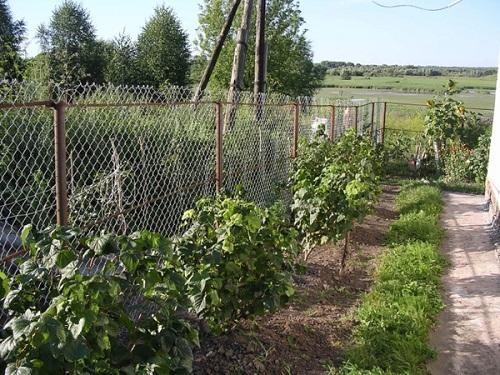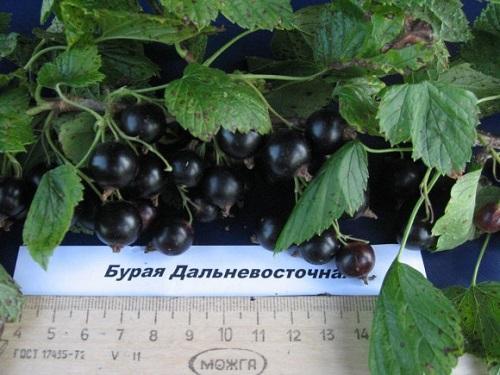Features of growing currants in Siberia
 When growing currants in Siberia, it is necessary to take into account the fact that it is very cold there in winter, and the snow cover, depending on the specific region, can be either quite high or not good enough to shelter crops from freezing. For this reason, the most frost-resistant and hardy varieties of black currant are most suitable for cultivation and care in Siberia.
When growing currants in Siberia, it is necessary to take into account the fact that it is very cold there in winter, and the snow cover, depending on the specific region, can be either quite high or not good enough to shelter crops from freezing. For this reason, the most frost-resistant and hardy varieties of black currant are most suitable for cultivation and care in Siberia.
The best varieties for Siberia
Of the wide variety of black currant species, the most adapted to the Siberian climate are varieties Russian selection. They have high winter hardiness and productivity, and are also resistant to diseases. Among them, currants are worth noting:
- Hercules... Tall bush, berries are large (up to 3.7 g), collected in large clusters. Grows well in any soil.

- Brown Far Eastern... Variety with average ripening time, bush height and yield. The berries weigh no more than 1.5 g, but they are tasty and emit a fragrant aroma.

- Minusinka... One of the newest frost-resistant varieties. The bush is tall, medium-sized berries ripen in the second half of summer.

- Amicable... A mid-season variety with a very high yield. The berries are quite small (no more than 1.2 g), but there are a lot of them - up to 8 kg of currants can be collected from one adult bush.

Planting black currants in Siberia is best in autumn, from the end of September, but no later than mid-October. At this time, growth processes are activated only in the underground part of the plant, that is, in the roots. So the seedlings will have time to take root before the arrival of severe frosts, and in the spring they will start growing together.
How to care for currants in Siberia?
For growing currants it is necessary to choose a flat area, since in the lowlands the bushes freeze out from spring frosts. You should also avoid areas with close groundwater and places where the wind is walking.
Young seedlings should be covered for the winter, and the wintering of adult bushes depends on the specific climatic conditions. Of course, where the winters have little snow, they also cannot do without shelter.
To obtain high yields, the bushes need abundant watering, it is most important to do this at the end of flowering, during the ripening period of berries and after harvest, when the shoots are ripening and new buds are laid.
As for fertilizers, subject to the introduction of organic matter into the planting pit, the next feeding with humus or compost will be required only in the third year of cultivation. Mineral fertilizers should be applied annually in spring and autumn.
Since the main crop of currants lays on young wood no older than two years, the bushes should be cut off annually, removing excess young growth so that the currants are not too thick. Shoots older than three years are also removed, and instead young branches of replacement are left. An adult bush should have no more than 20 branches up to 5 years old. Older shoots no longer bear fruit and will only take away strength from the bush.